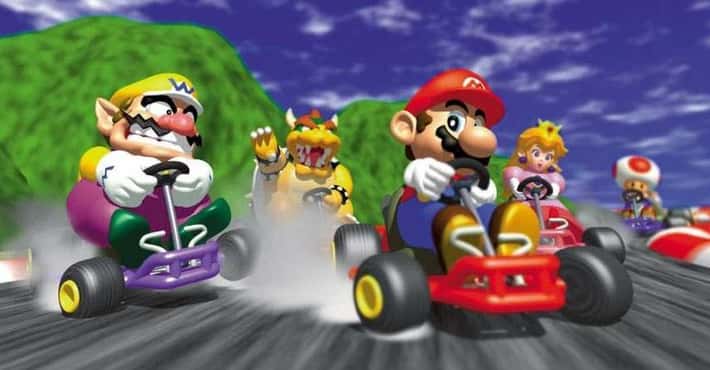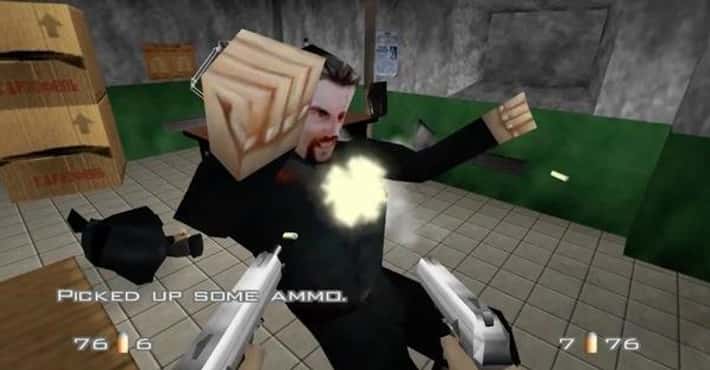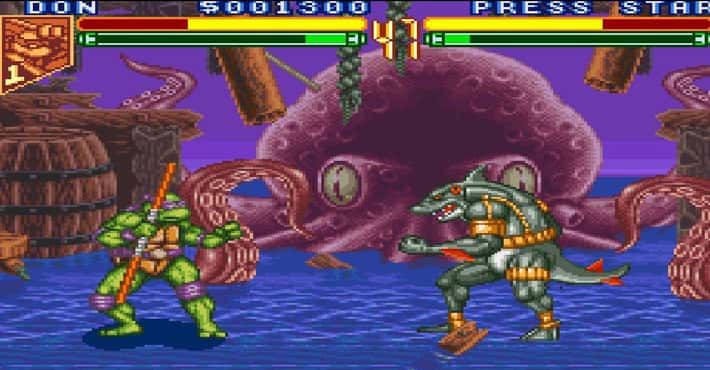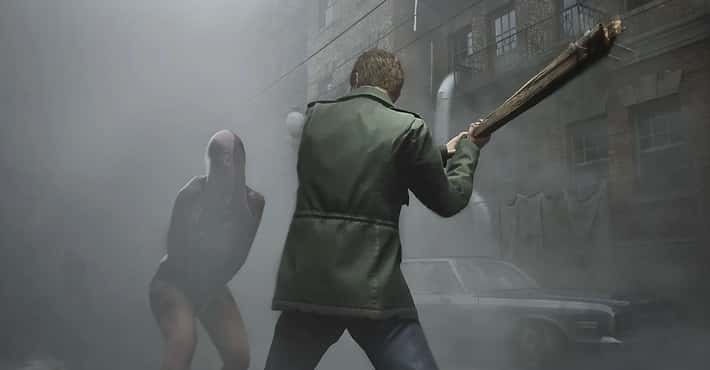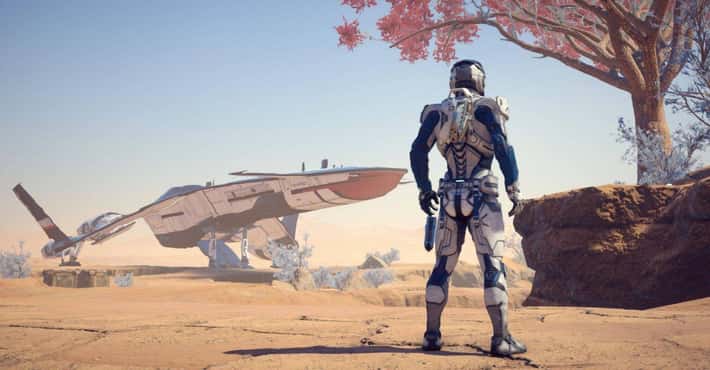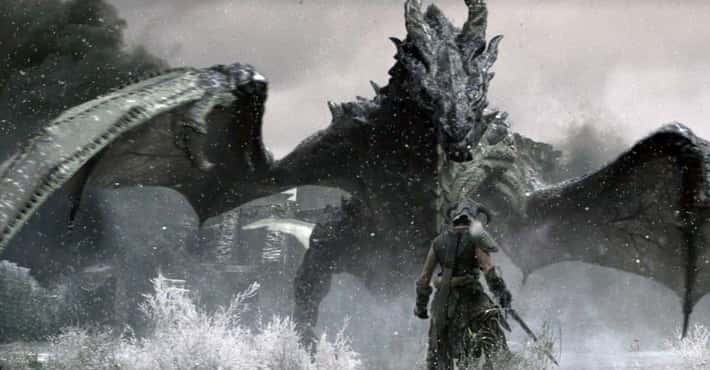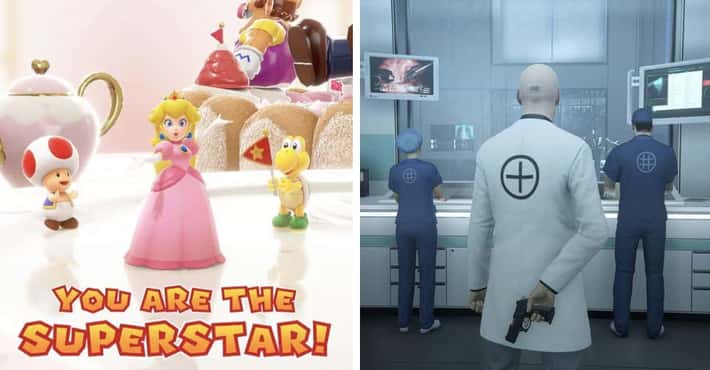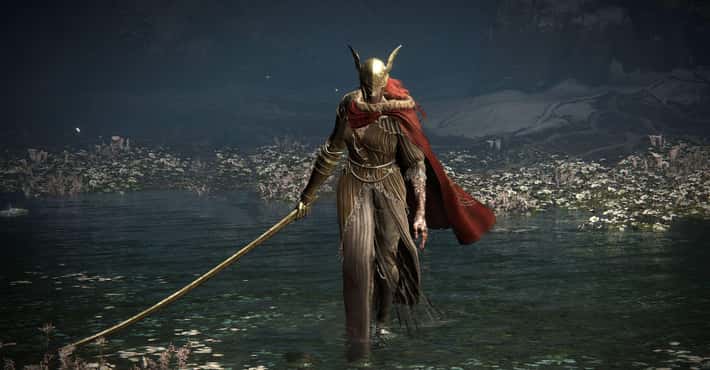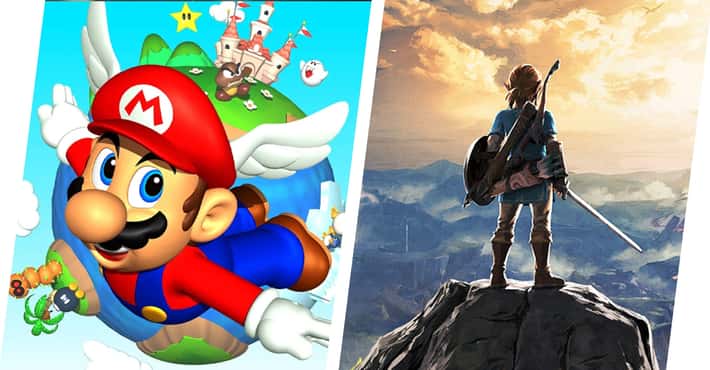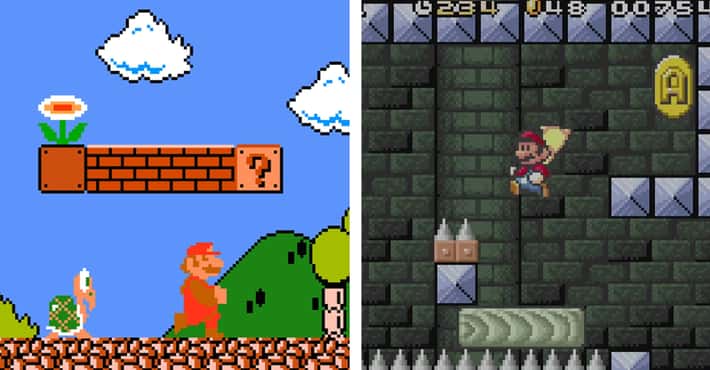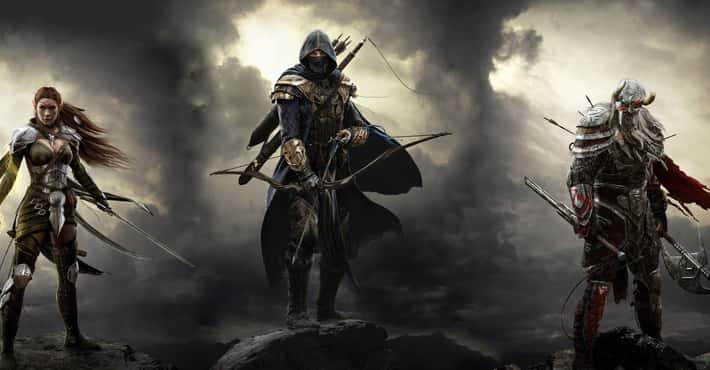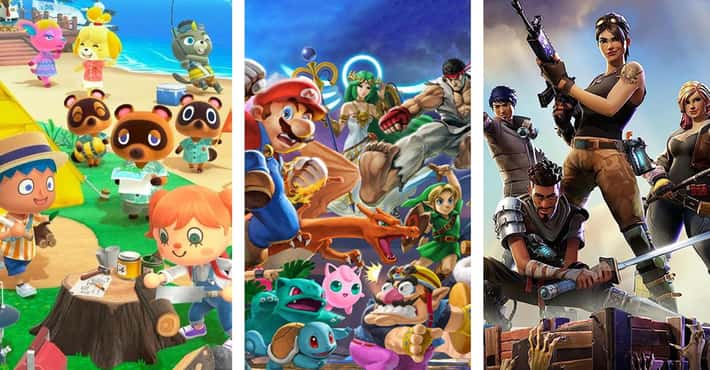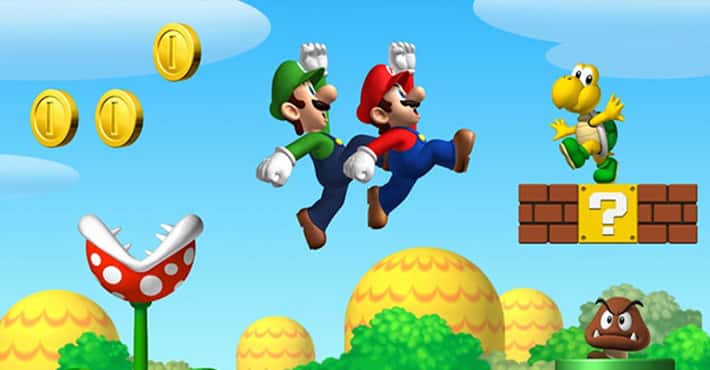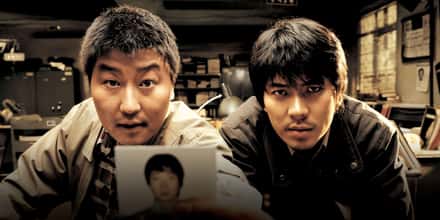- Aug 26 1990XDR is a 1990 Japanese shoot 'em up game released for the Sega Mega Drive. It is a sideways scrolling shoot 'em up containing six levels.
- Jan 01 1994seaQuest DSV is a real-time simulator/strategy game depiction of the seaQuest DSV television series for the Super Nintendo Entertainment System and Sega Mega Drive/Genesis. The player takes the role of the captain of the submarine seaQuest DSV 4600, and is tasked with carrying out a series of missions in a series of levels, divided up as "ocean quadrants". There is a seaQuest DSV game for the Game Boy as well, but it is completely different from the 16-bit console versions.
- Kingdom Grandprix, released in Japan as Shippū Mahō Daisakusen Kingdom-Grandprix is a vertically scrolling shooter/racing hybrid arcade game created by Eighting/Raizing, it was later ported to the Sega Saturn. It is the second in the Mahou Daisakusen series, but the first to include the bizarre but original feature of being a shooter/racing hybrid.
- Jan 01 1986KiKi KaiKai is a shoot 'em up developed and published by Taito Corporation originally for Japanese arcades in 1986. Since then, the game has received a number of console and home computer ports in and outside of Japan, both as a stand-alone title and as part of compilations. The game originally saw a limited release in North American and European arcades as Knight Boy, a bootleg copy of the original Japanese version not officially licensed by Taito. Set in Feudal Japan, the player must assume the role of a Shinto shrine maiden named "Sayo-chan" who must use her o-fuda scrolls and ohari Gohei wand to defeat a number of renegade spirits and monsters from Japanese mythology. The game is noteworthy for using a traditional fantasy setting in a genre otherwise filled with science fiction motifs.
- Heavenly Guardian, known in Japan as Yukinko Daisenpuu ~Sayuki to Koyuki no Hie-Hie Daisoudou~ and in Europe as Legend of Sayuki, is a scrolling shooter game developed by Starfish SD. The developer self-published the title in Japan, while UFO Interactive Games and 505 Games published the game in North America and Europe respectively. It was released on the Wii and PlayStation 2 in all three regions.
- Jun 09 2005Killer7 is a 2005 action-adventure video game for the Nintendo GameCube and PlayStation 2, developed by Grasshopper Manufacture and published by Capcom. The game was written and directed by Goichi Suda, also known by the nickname Suda51, and produced by Hiroyuki Kobayashi. The game follows an elite group of assassins called the "killer7". The assassins, physical manifestations of a man named Harman Smith, perform hits on behalf of the United States government. Through these missions, the killer7 uncover a deeper conspiracy regarding the role of Japan in US politics and secrets about the nature of their organization. Killer7 features first-person shooter elements and a unique on rails control scheme, but the core adventure-style gameplay has been compared to Myst and Snatcher. Killer7 was Suda51's first game released outside Japan. It received polarized reviews due to its unconventional control scheme and complex noir plot. The game's score, visual style and thought-provoking story received wide praise from most critics that considered as the best aspects of the game and lead to several accolades and nominations.
- Aug 28 1986Mobile Suit Z Gundam: Hot Scramble is a 1986 multi-genre video game developed by Game Studio and published by Bandai for the Family Computer. It is based on the anime Mobile Suit Z Gundam, and is one of the first Gundam video games. Aside from the much later Famicom Mini release, there were two versions of the game: the original release; and a special release of the central location test version, sometimes dubbed Final Version. Only 1000 copies of this second version were ever released, making it among the rarest video games in history.
- May 19 2008Star Soldier R is a futuristic scrolling shooter video game developed by Hudson Soft, and is the seventh installment in the Star Soldier series. The game features classic Star Soldier gameplay combined with 3D graphics. Star Soldier R is one of several video games released exclusively as WiiWare through the Wii Shop Channel. It was released with the Japanese launch of WiiWare on March 25, 2008, in North America on May 19, 2008, and in Europe on May 20, 2008 with the European launch of WiiWare.
- Jan 01 1989Catacomb is a 2-D top-down third-person shooter created by John Carmack. It was originally created for the Apple II, and later ported to the PC. It should not be confused with The Catacomb, which is the second game in the series. It supports EGA and CGA graphics. In the game you play the magician Petton Everhail. At the start you are contacted by Terexin, High Wizard of the Kieralon who tells you how the Kieralon Empire has fallen. He convinces you to travel to the Kieralon Palace to collect his treasures and split them fifty-fifty. Catacomb consists of fifteen levels in the Apple II version, ten levels in the PC demo disk promoting Gamer's Edge, and 30 levels in the full PC version. To progress to the next level you must step through a magic teleportation mirror. These mirrors are usually behind a locked door, requiring you to obtain a key to advance. All the Catacomb titles, including the Catacomb 3D games, are now distributed legally by Flat Rock Software through their own web store and via GoG.com. The source code to the game was released by Flat Rock in June 2014 under the GNU General Public License in a manner similar those done by id Software and partners.
- Jul 24 2003Warning Forever is a freeware 2D fixed shooter for the Windows platform written by Hikoza T Ohkubo and released under the name of his software house, Hikware.
- Jan 01 19823D Tanx is a shoot 'em up video game written by Don Priestley and published by dk'tronics in 1982 for the ZX Spectrum, C64 and BBC Micro.
- Jan 01 1995Zaxxon's Motherbase 2000 is a shoot 'em up released in 1995 for the Sega 32X. It is the only Zaxxon game to use polygon graphics, though it still uses an isometric perspective as seen in previous games in the series, and relies on 2D graphics for the backgrounds and scenery.
- Jan 01 1988Katakis is a side scrolling shooter style arcade game developed for the Commodore 64 by Rainbow Arts in 1987, and converted to the Commodore Amiga by Factor 5 in 1988. It was re-released as Denaris in 1989. The name Katakis has a Greek origin and was found in a phone book in Gütersloh, Germany. The name Denaris was created by a random name generator, and by coincidence, matches a Greek name as well.
- Sep 10 1984Vulgus is a vertically scrolling shooter video game developed and published by Capcom in Japan in 1984 and released in North America by SNK the same year. The word "Vulgus" comes from Latin and means "common people", people of lower layers of society. The game was Capcom's first arcade video game. The game is included in Capcom Classics Collection and is now available as freeware.
- Jan 01 1993Cardiaxx is a science-fiction scrolling shooter video game for the Commodore Amiga. It was developed by Eclipse Design and published by Team 17 in 1993, although it was originally published by Electronic Zoo. The game features a spaceship as it flies through various levels of varying graphic styles. Each level has a boss at the end, and each level is separated by a sub-level of avoiding asteroids while the next level loads from the floppy disk. Cardiaxx was developed by David Mariner and Jon Mitchell of Eclipse Design, with Joe Karthouser later joining them. The game's original publisher, Electronic Zoo, failed to release funds owed to Eclipse Design for its development shortly after its public release in 1991. As a result, the Atari ST version was never released, and legal action followed. However, Electronic Zoo closed down during the legal proceedings. The game was later released by Team 17, but again no funds beyond the initial signing fee were ever released. Therefore, Mariner and Mitchell still retain all rights to Cardiaxx to this day.
- Provocator is an award winning shoot 'em up computer game developed for the Acorn Archimedes range of computers. It was the first game by Network 23 and was published in the summer of 1991 by C.T.S. to critical acclaim. The game requires the player to protect a massive convoy of space craft as they pass through 32 waves of alien occupied territory. It combines similar game mechanics to Defender with a setting reminiscent of late 70's TV show Battlestar Galactica.
- Jan 01 1996
- Jan 01 1995Viper Phase 1 is a 1995 scrolling shooter arcade game by Seibu Kaihatsu, and is the spin-off in the Raiden series. This game is often referred to as "Raiden in space".
- Oct 01 1992Viewpoint is an arcade isometric shooter, released in 1992 by SNK for the Neo-Geo arcade platform. By default, 1P and 2P can only play one after another; in the Service Mode though, simultaneous gameplay can be enabled. Along with the ship's primary weapons, the player also has access to three bombs: one that can make a wave of fire that starts from behind the player's ship and scrolls "up" the screen, one that makes a powerful circular, nova-like blast, and one that shoots several mini-missiles capable of homing in on multiple targets. The game has 6 stages.
- Dec 01 1995Vertical Force is a vertically scrolling shooter, with two layers for Nintendo's Virtual Boy video game system. It was developed by Hudson Soft and released in 1995.
- Feb 05 2004
- Oct 24 1995Vectorman is a series of run and gun platform games developed by BlueSky Software and published by Sega for the Sega Mega Drive/Genesis. It was released on October 24, 1995 in North America and on November 30, 1995 in Europe. The games have since appeared on several game compilations, including the Sega Genesis Collection for the PlayStation 2 and PlayStation Portable, the Sonic Gems Collection for the Nintendo GameCube, and Sonic's Ultimate Genesis Collection for Xbox 360 and PlayStation 3. Vectorman was added to the Wii Virtual Console on February 27, 2007, in Japan and April 5, 2007, in Europe, and in North America on September 22, 2008. It was also released on the digital distribution service Steam as part of the "SEGA Genesis Classics Pack" and as a standalone title.
- Jan 01 1984
- Jun 01 1989Shooting Range is a video game for the Nintendo Entertainment System published by Bandai in 1989.
- May 16 1983Crackpots is an Atari 2600 game designed by Dan Kitchen and published by Activision in 1983. Crackpots was bundled with the Activision Anthology release in 2002 for the PlayStation 2.
- Jan 01 1985TNK III is a 1985 top-view shoot-'em-up arcade game by SNK. Versions for home computers were released by Ocean Software for the ZX Spectrum, Commodore 64, and Amstrad CPC in 1987. A sequel was also released for the Nintendo Entertainment System titled Iron Tank. Both games feature the first appearance of Ralf Jones predating his appearance in Ikari Warriors. This game also predates Ikari Warriors in its use of a rotary joystick.
- Apr 03 2004Blast Works: Build, Trade, Destroy is a side-scrolling shooter video game for the Wii based on the PC game Tumiki Fighters created by Kenta Cho. Majesco and Budcat Creations released the game on June 10, 2008 in North America. Blast Works' release date in Europe was delayed to April 3, 2009, and there is no word yet on a Japanese release. The game features 3D graphics, with enemies and obstacles represented in the form of polygonal toy blocks and propellers. The game also introduces extensive editing tools for the player to make custom content such as entire levels from scratch.
- Ebonstar is a computer game developed by MicroIllusions in 1988 for the Amiga.
- Jan 01 2005Trizeal is a Japanese shoot 'em up arcade game developed by Triangle Service.
- Jan 01 1981Vanguard is a 1981 arcade game developed by TOSE, and published by SNK in Japan in 1981 and later during the same year in Germany by the same publisher, while it was licensed to Centuri for manufacture in North America in October 1981 and by Zaccaria in Italy during the same year, putting SNK on the map in those regions. The game was also licensed to Cinematronics for conversion to cocktail arcade cabinets in North America. The game is known as one of the first scrolling shooters ever made that allowed scrolling in multiple directions, and is additionally notable by being the first shoot 'em up where a player can shoot in four different directions. Also, unlike other comparable games at the time, Vanguard was unique in that the player must focus on avoiding obstacles while firing in order to survive; which made this game a precursor to Konami's Gradius and Irem's R-Type. It also has the distinction of being the first colored game released by SNK. It was also an early example of a dual-control game, similar to the later Robotron 2084, but using four directional buttons rather than a second joystick.
Filed under:
Fact-checked by:MichaelChoi
14 MORE LISTS
The Best and Worst of Gaming
Lists that rank the best, most addictive, most compelling, most punishing games in all genres for players at every level of experience.


























